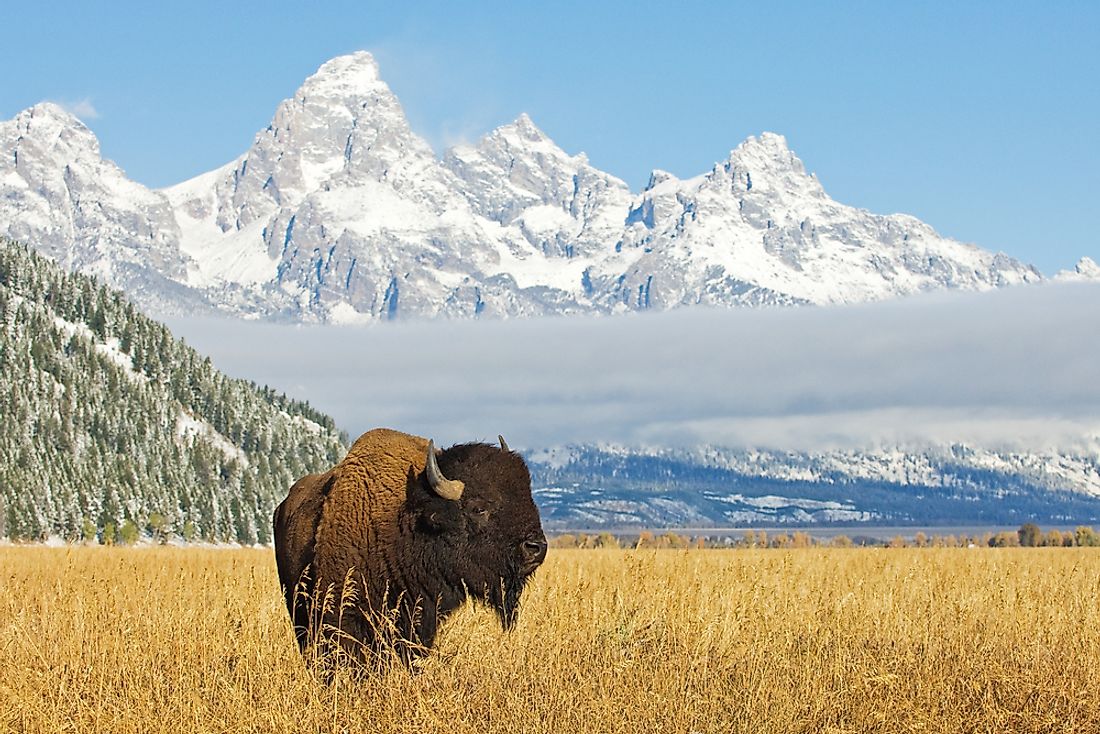When Is National Bison Day?

National Bison Day is commemorated annually in the United States to mark the cultural, ecological, economic, and historical contributions of the bison. The commemoration is held on the first Saturday of November. Supporters of the bison, including conservationists, Native Americans, sportsmen, educators, and the general population come together to promote and encourage Americans to protect and conserve the bison.
In the 19th century, the animal nearly became extinct by commercial hunting, slaughter, and diseases from domestic cattle. Historically, the American bison is a symbol of America and is linked ritually and economically to the Native American tribes through sacred ceremonies and trade. Bison also play an essential role in protecting and improving grasslands to the benefits of the natural environment and rural communities. Bison supporters voted the bison the “National Mammal of the United States” for several years until the effort paid off on May 9, 2016, when President Obama signed the National Bison Legacy Act declaring the bison the official mammal of the country.
Interesting Facts About Bison
- They are the largest land mammal on the continent. A male can stand at six feet and weigh more than 2,000 lbs while the female stands four to five feet and weighs about 1,000 lbs.
- Americans use the name “buffalo” and “bison” interchangeably to refer to the American bison. It is scientifically known as Bison bison.
- Yellowstone is the only park in the United States where these animals have lived continuously since ancient times. The bison of Yellowstone are pure descendants of the ancient bison that roamed the grasslands free of cattle genes. There are about 5,000 bison in the park.
- Bison calves are nicknamed “red dog.” They are born between March and May and tend to be orange-red, earning them the moniker. After a couple of months, the hair begins to turn dark brown, and the horns and shoulder hump begins to show.
- Native Americans and bison share a common history. The animals have been part of the culture of Native Americans since ancient times; they provided food, fuel, and clothing.
- Cows and bulls live in small separate units and only come together as a single large herd during the mating season often in the summer. The bulls battle for mating supremacy although the fights are rarely fatal.
- American bison crossed the ancient land bridge connecting Russia and the United States 400,000 years ago. The ancient animals were much more prominent and iconic than today’s bison. The fossil record of a prehistoric bison had horns measuring more than 9 feet.
- Teddy Roosevelt hunted bison in North Dakota in 1883 but later traveled to New York and began a conservation movement to rescue the animals from extinction. Today, bison are found in the fifty states including in private ranches, wildlife refuges, private lands, and national parks.











